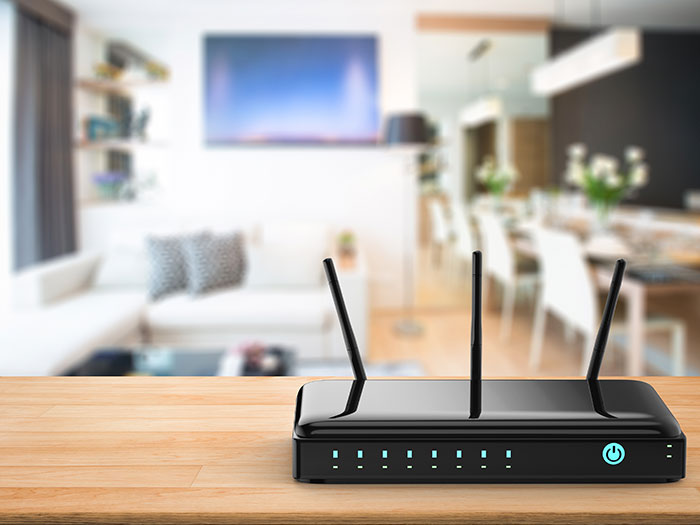Improving Wireless Connectivity and Performance in Multi-Dwelling Environments for Optimal User Contentment
Improving Wireless Connectivity and Performance in Multi-Dwelling Environments for Optimal User Contentment
Blog Article
Within the current environment, maintaining a robust and reliable Wi-Fi connection is essential, particularly in multi-unit settings like flats or condo complexes. Many people rely on the internet for employment, education, and entertainment. However, Wi-Fi signals can struggle to extend to every area of these structures due to multiple obstacles. These obstacles can include walls, floors, and other electronic devices that interfere with the connection. To enhance Wi-Fi connectivity and performance in these settings, it is important to understand some basic principles of Wi-Fi communication.
One efficient way to enhance Wireless operation is by intelligently placing gateways and extenders throughout the property. A middle placement is usually ideal, as it enables the coverage to travel uniformly in all directions. In spacious multi-dwelling units, several repeaters may be required. These units help extend the range of the wireless network and deliver better coverage to occupants in different sections of the structure. Additionally, using devices that support the latest wireless standards can result in higher speeds and better overall efficiency.
Another important factor in optimizing wireless connectivity is minimizing disruption from other devices. Most household appliances, such as ovens and cordless phones, can interfere with Wi-Fi signals. It is advisable to position routers away from these devices to maintain a more stable signal. Additionally, modifying the frequency settings on a device can assist in reduce conflict from adjacent networks. The majority of routers automatically choose check it out the most suitable channel, but individually selecting a less crowded one can enhance efficiency.
Regularly updating device firmware is also necessary for ensuring optimal wireless performance. Manufacturers frequently issue updates that resolve issues and improve security measures. Keeping the software current ensures that residents benefit from the latest improvements and protections against possible threats. Furthermore, tracking bandwidth usage helps detect which devices utilize more bandwidth, allowing for better allocation of available capacity.
Finally, informing users about best practices for utilizing wireless networks can significantly improve their performance. Simple measures such as connecting only required units, using Ethernet connections when feasible, and regularly restarting the router can make a difference. By fostering a community that This Site understands how to maximize their Wi-Fi efficiency, multi-dwelling residences can enhance resident satisfaction and guarantee that everyone experiences a consistent internet service. This combined method of planned placement, reducing interference, managing equipment, and informing users will result in a more efficient and satisfying Wi-Fi usage for all residents.